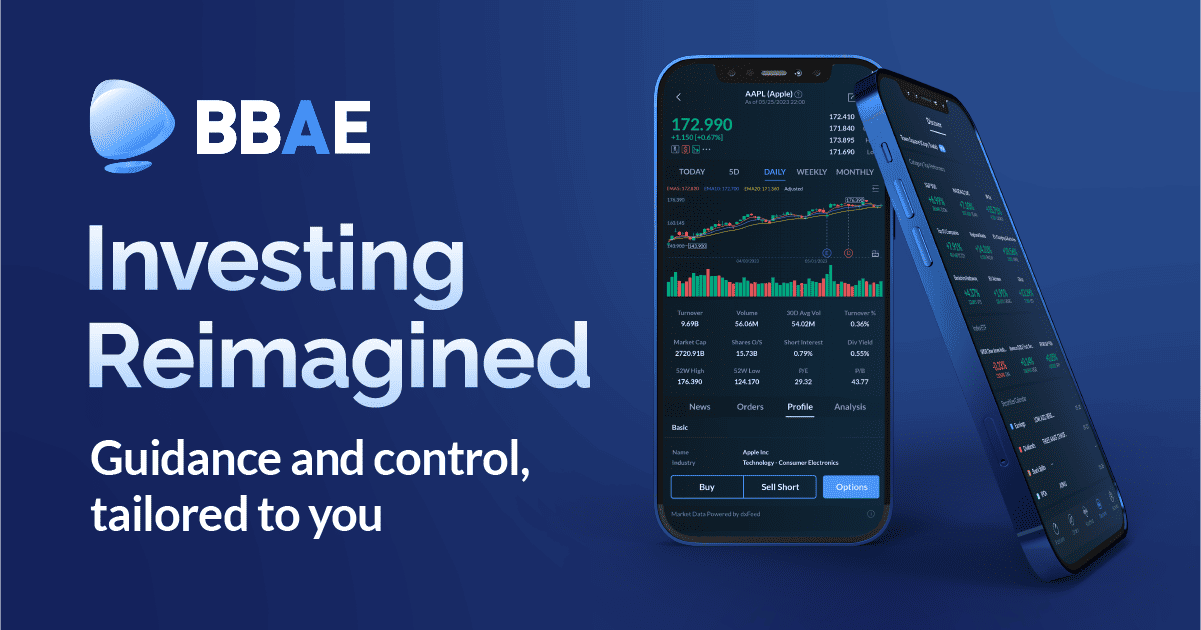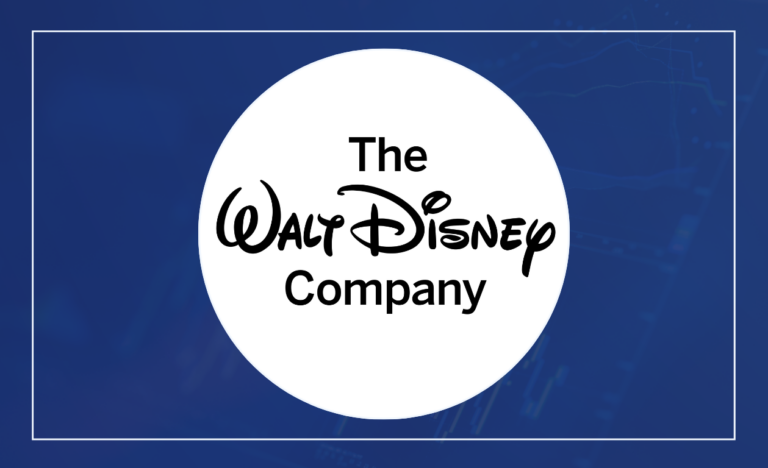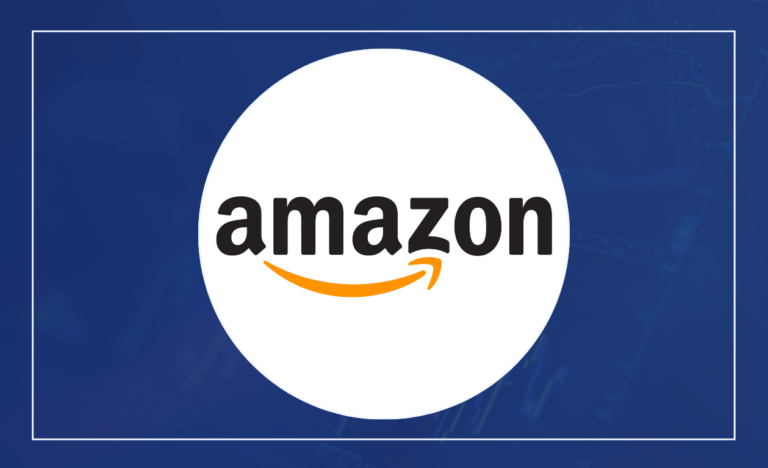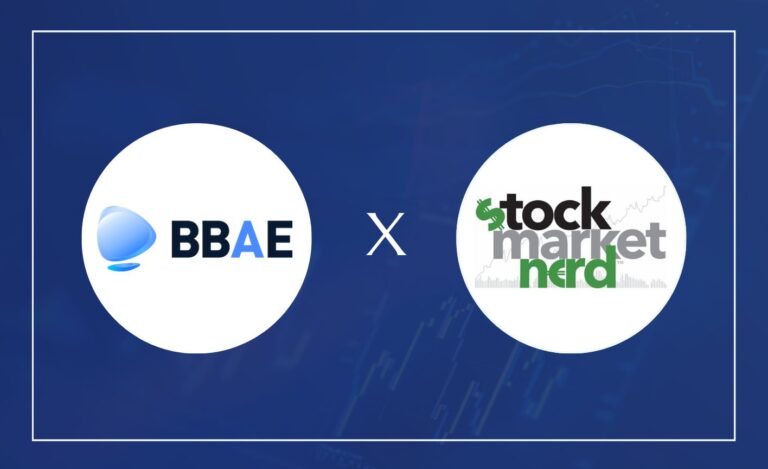Palantir (PLTR) Q1 2024 Earnings Review – May 6, 2024

Intro:
Palantir is a software company that helps customers get the most out of their structured and unstructured data. Like many others, it pulls from years of AI/ML work to automate insight-gleaning. It utilizes complex neural networks to power anomaly detection, trend forecasting and natural language processing too. Overall, it frees clients to conjoin disparate data sources, while utilizing its software to uncover ideas that manual analytics and legacy competition cannot match. It gives customers a birds-eye view of their operations with detailed suggestions to help optimize products and workflows.
Revenue is neatly split into two buckets – “government” and “commercial.” Government clients predominantly use its Gotham product platform while commercial clients mainly use its Foundry product platform. With Gotham, Palantir routinely builds custom use cases for individual government clients. Foundry was built to be more malleable with far more pre-built app integrations available. That diminishes the need to conduct custom builds for every single private enterprise.
It has also seamlessly leveraged the commercial platform to cater to industry-specific needs. By-industry large language models (LLMs) are intuitively named “micro-models.” These boast sector-specific use cases with granular, relevant regulatory compliance help. A financial services model from Palantir, for example, may specialize in assessing credit risk or fraud detection.
Palantir Apollo is its software suite, which provides continuous integration and continuous delivery (CI/CD) to automate software package building and deployment. It’s a foundational piece of the firm’s ability to collect, utilize and drive value from broad data ingestion. Apollo ties very closely into Foundry and Gotham as a software enabler for both platforms.
Demand
Palantir beat revenue estimates by 2.8% & beat revenue guidance by 3.3%. Excluding SPAC-related revenue, overall growth would have been 24% Y/Y. Revenue from its top 20 customers rose 9% Y/Y to $55 million on average; Net Revenue Retention (NRR) improved to 111% vs. 108% last quarter; it closed 15 $10 million+ deals vs. 21 Q/Q. Remaining performance obligations (RPO) rose 38% Y/Y to $1.3 billion. This is a key forward-looking demand metric, which looks quite strong at the moment.
On a Sequential Basis:
- 14% Q/Q U.S. commercial growth compares to 12% Q/Q last quarter.
- U.S. commercial growth was 40% Y/Y
- U.S. commercial revenue growth was 68% Y/Y ex-SPAC related revenue vs. 71% Y/Y last quarter.
- 5% Q/Q total commercial growth compares to 13% Q/Q last quarter.
- 8% Q/Q U.S. government growth compares to 3% Q/Q last quarter.
- U.S. government growth was 12% Y/Y.
- 3% Q/Q total government growth compares to 5% Q/Q last quarter.
Total growth lagged U.S. growth mainly due to Europe (16% of total business).


Source: Brad Freeman – SEC Filings, Company Presentations, and Company Press Releases
Profitability & Margins
- Beat EBIT estimates by 14.6% & beat EBIT guidance by 14.4%
- Met $0.08 EPS & $0.04 GAAP EPS estimates.
- Adjusted gross profit margin expanded from 81% to 83% Y/Y and was 100 basis point (bps; 1 bps = 0.01%) ahead of expectations.
This is Palantir’s 5th straight quarter of positive GAAP EBIT. Its rule of 40 score continued to rise to 57% vs. 54% Q/Q and 42% Y/Y.


Source: Brad Freeman – SEC Filings, Company Presentations, and Company Press Releases
Balance Sheet
- $3.9B in cash & equivalents.
- $500M in untapped credit revolver capacity.
- No debt
- Diluted shares rose 8.3% Y/Y; basic shares rose 5.0% Y/Y. It did repurchase 500,000 shares during the quarter, but that did not offset dilution.
The most negative part of this largely positive report is the consistently rapid dilution. A normal pace of share compounding for firms that use stock comp is 2%-3% ex-buybacks. 5%+ is too high. Importantly, last quarter management told us that it re-vamped comp structures to become more “aligned” with shareholders. That should hopefully mean this rate of increase slows considerably going forward. That progress was never going to begin this quickly. If we zoom out a year and growth is still this elevated, I think that would be a concern for bulls. Not my expectation… but pay attention to this trend.
Guidance & Valuation
- Raised annual revenue guidance by 0.9%, which roughly met estimates as the sell-side was already expecting a raise. Expectations heading into this report were sky-high. More on this in the final section of the article.
- Raised U.S. commercial Y/Y growth expectations from at least 40% to at least 45%.
- Raised annual EBIT guidance by 3.8%, which beat estimates by 3.7%.
- Reiterated annual FCF guide.
As of right now, Palantir trades for 75x 2024 earnings with 32% Y/Y earnings growth expected. I would think that 2024 earnings estimates will rise a bit. The multiple, at these prices, is likely closer to 70x.
Call & Release Highlights
Artificial Intelligence Platform (AIP) and GenAI:
Demand for AIP is “loud and clear” and drove the bulk of the outperformance for both U.S commercial and overall demand. You can clearly see that in the 40% Y/Y U.S. commercial growth figure. It also grew U.S. commercial customer count by 69% Y/Y. The company remains focused on building a foundation to enable decades of profitable AIP scaling from here. And while growth for the segment was rapid, it still has not built out the majority of its external sales team or go-to-market (GTM) process. CEO Alex Karp explicitly said on the call that GTM still needs a lot of work. To me, that’s not frustrating, but instead it’s exciting. Growth here has already sharply re-accelerated without a formal GTM approach. Imagine what this looks like when that’s in place.
For now, its boot camps (Palantir engineers helping clients discover and create AIP use cases) is basically the only GTM. It has hosted 915 organizations and has already seen a substantial compression in sales cycle length (great news). For example, it signed two 7 figure deals just 5 days and 21 days after hosting a boot camp. Top-of-funnel momentum is strong; the appetite for existing customers to add and expand usage of AIP is strong… The segment is booming.
Palantir was very critical of other GenAI players during the call. It thinks AIP has “no real competition.” It thinks it’s the only company using GenAI to drive actually valuable use cases. Many others would disagree on that, including myself. AIP is clearly a great product. It is not the only great product within GenAI.
AIP is not just another dime-per-dozen chatbot; instead it’s a powerful aggregator of ALL customer data, from all sources. It can turn any unstructured mess into organized, powerful, customer-specific use cases. It’s how Lowe’s cuts overdue tasks by 75%, how General Mills saves $14 million in annual operating expenses (OpEx) and how customers shrink app creation time from months to hours.
U.S. Commercial forward-looking demand metrics:
- 74% Y/Y Remaining Deal Value (RDV) growth.
- 131% Y/Y Total Contract Value (TCV) growth (187% Y/Y growth in TCV booked or net new TCV).
- 94% Y/Y growth in deals closed.
AIP Use Cases:
AIP is not designed with some finite, fixed suite in mind. The actual products created from it are somewhat sector-and-company-specific. Considering this, I think it helps to hear about some examples of what customers are actually doing with this. CTO Shyam Sankar provided those examples this quarter:
- One customer is using it to turn inbound emails into actionable, automated inventory allocations.
- A healthcare system is using it to automate needed documents for claims.
- An insurance firm is using this to eliminate manual paperwork requirements for its agents and customers to shrink the time to onboarding.
- Its Department of Defense (DoD) customer hosted a builders event where an app was created to shrink a valuable targeting process from 6 hours to 10 seconds.
Simply put, it’s turning random, chaotic data into competitive differentiation for its clients. To make things more intuitive for builders and app developers, Palantir added “Build with AIP.” It features standardized tutorials, templates and inspiration to help customers know what they should want to build with AIP, and then exactly how to do it. Most recently, it launched builder bootcamps for the U.S government, where AIP momentum is already starting. Specifically, the U.S. Army’s AI Integration Center is using Palantir for 50% of its active projects.
Becoming a Better Partner:
First Breakfast is one of many products that make Palantir a better partner for once-competitors. Companies can use this to expedite DoD product eligibility and ship products to them more quickly. This is a similar idea to its FedRamp accreditation program (FedStart), which gets once-competitors to Impact Level 5 (IL5) at a fraction of the time and cost vs. on their own. It has done well to turn corporate adversaries into allies.
More on the Government Business:
Palantir secured a U.S. Army contract last quarter worth $178 million. This marked the first time a software firm was selected as a “sole prime contractor” for the army’s “next-generation targeting” hardware (within the Titan program). It sees this as creating a domino effect for more government wins. It further sees that process supporting strong, ramping U.S. government growth in 2024. Last quarter, contract timing and lumpiness here led to some real slowing for the segment to 11% Y/Y. It was good to see growth re-accelerate 5 points to 16% Y/Y this quarter. It also delivered 128% Y/Y growth in TCV booked, to point to robust forward-looking demand.
For the government segment mainly (but also commercial), weakness in Europe is holding back growth rates a bit. Q/Q government growth ex-USA was -9% Q/Q. This was due to some pull-forward in the Q4 period, but was amplified by Europe struggles too.
It continues to work to build traction for its Mission Manager product. This combines Apollo, its ontology (data understanding) software development kit and Rubix (to manage apps) into one package designed for government compliance and use cases.
Hyper-Scalers:
Palantir hinted at working with more large public cloud players like Oracle to help with distribution. This makes a lot of sense to me. As the team will say, it has great products and could use better distribution for those products. These cloud players want the best products in their marketplaces and don’t need help with distribution.
Take
This was a rock-solid quarter. The full year guide does imply a lighter Q3 and Q4 than expected, but it always sandbags guidance. And if the weak spot of a report is “they should have raised by more” that is generally a good indication of the report being good. This one was.
Why wasn’t it rewarded? Last quarter was remarkably positive. Vastly outperforming AIP traction thrust Palantir right into the conversation of “immediate GenAI winners” alongside Microsoft, Nvidia, SMCI etc.
The Q4 result let imaginations run wild with how large the beats and re-acceleration would be. The beat and acceleration for Q1 were somewhat normal. This reminds me of AMD’s average report that was punished. Nvidia and SMCI have trained analysts to think GenAI winners will beat by a ridiculous margin every quarter. Those two companies are turning out to be more of an exception to the rule while this first infrastructure wave of GenAI monetization plays out. Palantir will likely be a much bigger player in the app wave, which is more nascent.
Still (again), I don’t think this quarter was anything but solid. I get why traders may punish it for a day or two, but I don’t think long term Palantir bulls should be overly concerned. Analysts likely just wanted a larger raise.














